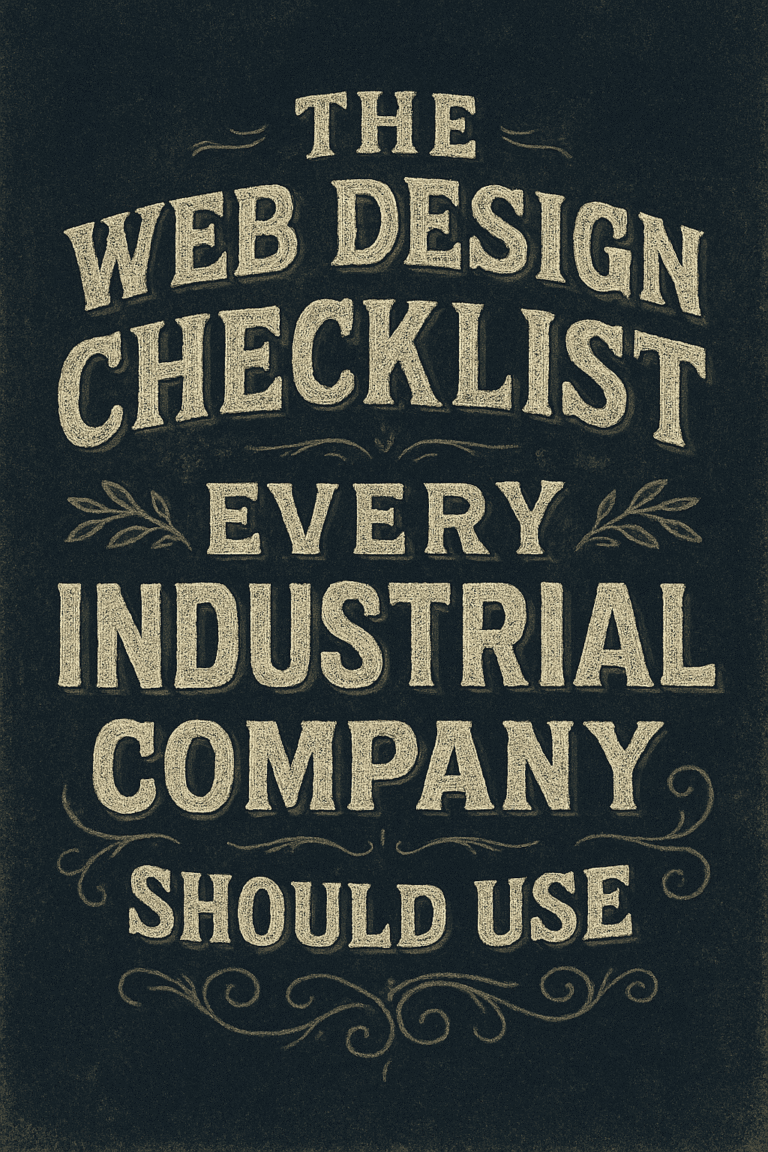
Customer expectations for websites have never been higher. Users are no longer satisfied with basic functionality; they demand seamless, engaging, and efficient online experiences. Businesses that fail to meet these expectations risk losing customers to competitors who understand what modern consumers want.
In this blog post, we’ll explore five key website features that customers expect in 2025. These are not just trends—they’re necessities for businesses looking to thrive in the digital age.
1) Lightning-Fast Load Times
In 2025, speed is more critical than ever. Users expect websites to load almost instantaneously, whether they’re browsing on a desktop or mobile device. Slow load times frustrate visitors, increase bounce rates, and damage your brand’s reputation.
Why It Matters
- User Behavior: Research shows that over half of mobile users will leave a site that takes more than three seconds to load.
- SEO Impact: Google continues to prioritize page speed as a ranking factor, meaning slow sites are less likely to appear in search results.
- Conversions: A one-second delay in page load time can reduce conversions by up to 7%.
How to Achieve It
- Optimize Images: Use next-gen formats like WebP and compress images without sacrificing quality.
- Enable Caching: Implement browser caching to reduce load times for repeat visitors.
- Leverage a CDN: Content delivery networks distribute your site’s assets across global servers for faster delivery.
- Minify Code: Reduce the size of HTML, CSS, and JavaScript files to improve load speed.
2) Personalization at Every Step
Generic websites are a thing of the past. In 2025, customers expect tailored experiences that cater to their preferences, browsing habits, and purchase history. Personalization not only improves user satisfaction but also boosts engagement and sales.
Why It Matters
- Customer Retention: 80% of consumers are more likely to make a purchase from a brand that offers personalized experiences.
- Increased Engagement: Personalization helps reduce bounce rates and keeps users engaged longer.
- Higher ROI: Personalized recommendations drive higher conversion rates and average order values.
How to Implement It
- Dynamic Content: Use customer data to deliver personalized headlines, product suggestions, and calls to action.
- Behavioral Analytics: Track user behavior to understand preferences and adapt your site in real-time.
- AI Chatbots: Equip your website with AI-driven chatbots that can provide personalized assistance based on user queries and history.
- Localization: Display region-specific content and pricing based on the user’s location.
3) Advanced Accessibility Features
In 2025, accessibility is non-negotiable. Customers expect websites to be inclusive and usable for everyone, including individuals with disabilities. Businesses that prioritize accessibility not only comply with regulations but also expand their audience and demonstrate social responsibility.
Why It Matters
- Legal Compliance: Laws like the Americans with Disabilities Act (ADA) require businesses to make their websites accessible.
- Customer Loyalty: Inclusive design builds trust and loyalty among a broader audience.
- SEO Benefits: Accessible websites are often better optimized for search engines, as they rely on clean code and well-structured content.
Key Accessibility Features
- Keyboard Navigation: Ensure users can navigate your site without a mouse.
- Screen Reader Compatibility: Use ARIA (Accessible Rich Internet Applications) roles and labels to assist screen readers.
- High Contrast Modes: Offer color schemes that improve readability for visually impaired users.
- Text Resizing: Allow users to adjust font sizes for better readability.
- Video Captions: Provide captions or transcripts for all video content.
4) Seamless Mobile Experiences
With mobile devices accounting for over half of global web traffic, customers expect websites to perform flawlessly on smaller screens. Responsive design is no longer enough; mobile experiences must be intuitive, fast, and feature-rich.
Why It Matters
- User Expectations: Users want the same functionality on mobile as they get on desktop—without compromise.
- Mobile-First Indexing: Google now uses the mobile version of a site for indexing and ranking.
- E-Commerce Growth: Mobile commerce is expected to account for nearly 75% of e-commerce sales by the end of 2025.
How to Optimize for Mobile
- Responsive Design: Ensure your website adapts seamlessly to any screen size.
- Simplified Navigation: Use mobile-friendly menus and gestures to enhance usability.
- Touch-Friendly Design: Optimize buttons and interactive elements for touchscreens.
- Progressive Web Apps (PWAs): Offer app-like experiences through the browser, including offline functionality and push notifications.
- Mobile Payment Options: Integrate options like Apple Pay, Google Pay, and other one-tap payment solutions.
5) Robust Security and Privacy Protections
In an age of data breaches and increasing cybersecurity threats, customers demand secure and private online experiences. They need to trust that their personal information is protected when interacting with your website.
Why It Matters
- Consumer Confidence: 84% of consumers say they would abandon a purchase if they felt a website was not secure.
- Regulatory Compliance: Laws like GDPR and CCPA require websites to handle user data responsibly.
- Brand Reputation: A single data breach can cause irreparable harm to your brand’s image.
Key Security Features
- SSL Certificates: Encrypt data transferred between the user and your site.
- Two-Factor Authentication (2FA): Add an extra layer of security for user accounts.
- Regular Updates: Keep your website’s software and plugins up to date to prevent vulnerabilities.
- Data Encryption: Secure sensitive customer data, such as payment information.
- Privacy Policies: Be transparent about how you collect, store, and use customer data.
Meeting Customer Expectations in 2025
Adapting to these five key features requires a proactive approach. Businesses that invest in fast load times, personalized experiences, advanced accessibility, mobile optimization, and robust security will not only meet customer expectations but also set themselves apart in a competitive market.
By prioritizing these elements, you can create a website that delivers exceptional value, fosters customer trust, and drives long-term success.





